Honoring traditions both highly local and brought here from around the world, these festivals are unique opportunities to discover the region’s food, music, and culture.
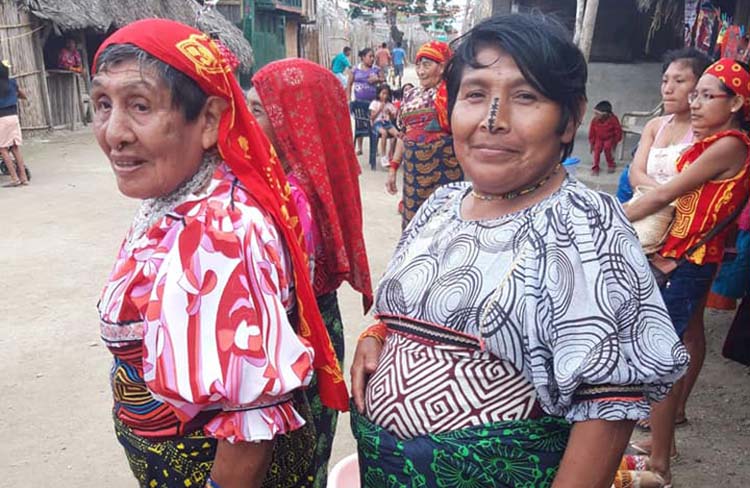 Photo © Lucy Pierce
Photo © Lucy Pierce
- Playing Jouvert at Trinidad Carnival
- Maypole Festival, Bluefields, Nicaragua
- Turks and Caicos Conch Festival
- Feria de Río Tigre, Guna Yala, Panama
Playing Jouvert at Trinidad Carnival
Burning sunshine, booming soca music, and blinged-out parades may be most people’s image of a Caribbean carnival, but for me, it’s the untamed intensity of “dirty mas”(masquerade): joining a city-full of revelers to dance through moonlit streets under a coating of mud, body paint, oil, and even melted chocolate. This orgy of pure, unadulterated bacchanalia is Jouvert, a loose translation of the French jour ouvert (opening of the day), and the official start of the Caribbean's biggest and best Carnival.
This pre-dawn ritual begins with a 2am alarm, hot coffee, the first of many rum shots, and the briefest of outfits, pearly-white and ready for adornment. Outside, the air crackles with misrule as we meet our band and receive the Jouvert baptism, covering each other top-to-toe with smooth, purified mud until faces and features disappear in glorious anonymity.
The music truck growls into action as we shuffle onto the road, moving together in the chip, chip, chip rhythm of the Jouvert walk. Arcs of paint fly: red, yellow, blue, and purple splattering me, the tarmac, the street signs in Pollock-esque style, and polka-dotting the roadside dancers who leave smudged imprints of a back or bottom against a pristine white wall.
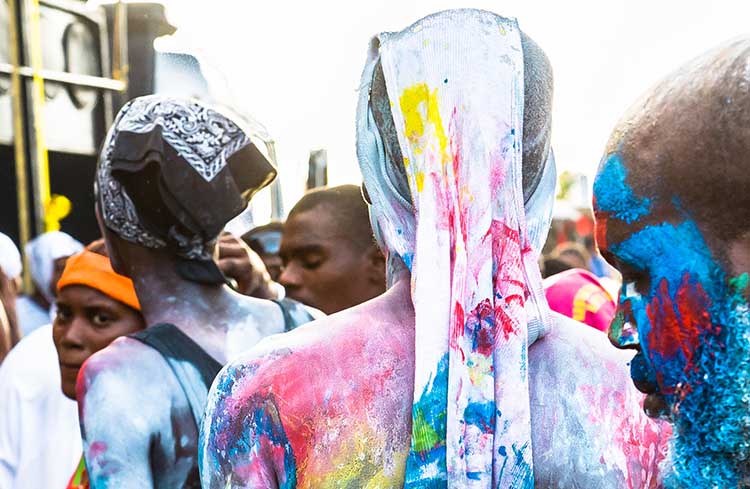
Dawn streaks into the sky as we reach the hallowed, grassy Savannah. We’re the first. As we cross the stage, dancing for ourselves to the empty stands, the rising sun reveals a kaleidoscope of humanity: ochre mud, technicolor paint, rich brown chocolate, slick black oil: bodies moving with snake-hipped intensity, friends hugging, everyone laughing and loving the sheer pleasure of being alive.
And three hours later, scrubbed up and clad in feathered, beaded glory, we’re back on the road in the hot-hot sun for the first day of the main Carnival parades.
Trinidad’s Carnival is celebrated the Monday and Tuesday before Ash Wednesday every year.
Author: Polly Thomas
Maypole Festival, Bluefields, Nicaragua
Every May in Bluefields, a small town on Nicaragua’s Caribbean coast, the streets explode into a celebration that traces its lineage 400 years – not to Spain, but to Great Britain.
British pirates first touched these shores in the 17th century, where they met the indigenous Miskitos, who’d already mixed with Africans who’d escaped a capsized Portuguese slaver. Over the years, former slaves, European settlers, and Caribbean immigrants formed Nicaragua’s English-speaking Creole people. One of them was my great-grandmother. I doubt she imagined one of her descendants would be born in California and have to wait 29 years for her first Maypole dance.
On my first night in Bluefields, my cousins took me to one of the neighborhood block parties that rotate throughout the month. There was a greasy pole (shimmy to the top to grab the prize), an ultra-local beauty pageant, and a dance competition around the Maypole, a tree hung with streamers and real fruit.
The Maypole dance was an ancient fertility rite in England, but the people of Bluefields have made it all their own. The dizzying rhythms are unmistakably African, and it’s sung in English, Miskito, and Spanish. To dance Maypole, you have to surrender and let your hips bounce of their own volition.
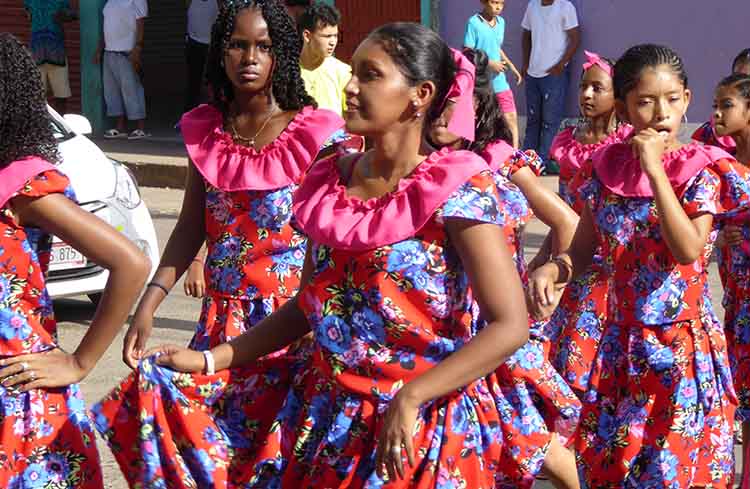
By day, each neighborhood comparsa, or troupe, dances in a town-wide parade to live drummers. On the final night, we gathered for the “tulululu”, wiggling our way in pairs down a tunnel of joined hands. We danced all night, then ran for shelter from Bluefields’ torrential rain.
But my unforgettable Maypole moment was at a small party thrown by a family friend. Her granddaughters, four and six, took the floor. Effortlessly, they shook their hips to the Maypole rhythm – a good sign that this very old festival will have a very long life.
Bluefield’s Maypole Festival is held throughout the month of May.
Author: Lauren Schenkman
Turks and Caicos Conch Festival
Put a shell up to your ear, and you’ll hear the sea. Listen to Triton’s Trumpet, and you’ll hear the Caribbean.
Every November, the British Overseas Territory of Turks and Caicos, some 575mi (925km) south of Miami, Florida, celebrates its edible trumpets. Visitors and “belongers” (locals) conch it up at the Conch Festival, held at Blue Hills on the island of Providenciales. Festivities include a conch fritter-eating contest, a conch-knocking contest, a conch-peeling competition, and a conch-blowing tournament. The winner of this last, prestigious event must produce a recognizable tune. When I entered, I produced a plumbing anomaly. The judges also didn’t like my peeling productivity, and in the eating contest, four fritters at one sitting was considered second division.
I left the cooking to the experts. Belongers at The Three Queen’s bar – the cradle of conch worship – told me where to get the best: Coco Bistro (ravioli), The Bay (crepes), Hemingway’s (chowder), and the shacks down Blue Hills Road for conch sautéed in rum.
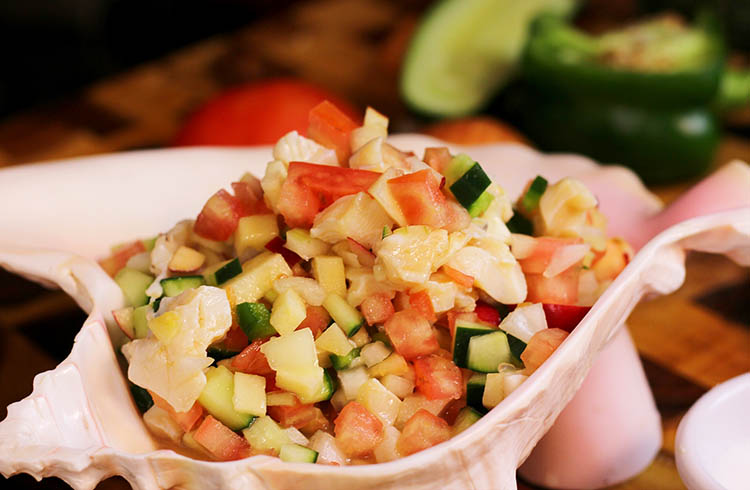
The conch is known as Triton’s Trumpet after the Greek god of the sea. It's favored by merpeople – maids and men. Along with the spiny lobster and the flamingo, the conch is featured prominently on the islands’ coat of arms. It must be the world’s only heraldic mollusc. Conch is a cult.
When Columbus discovered conch on Turks and Caicos in 1492, he described the shells as “the size of a calf head”. Today, Providenciales has the world’s only commercial conch farm.
Having eaten conch (Strombus) in its fried, smoked, frittered, and pecan-encrusted form, I soon developed many of the famous attributes of the Caribbean marine snail. After conching it up, you don’t move very far. Or very quickly.
The Turks and Caicos Conch Festival is held on the last weekend of November.
Author: Kevin Pilley
Feria de Río Tigre, Guna Yala, Panama
Held on Isla Tigre, in the north of Panama’s Guna Yala archipelago, is Feria de Río Tigre, a four-day craft fair. As one of the last indigenous tribes of the Caribbean, the Guna gained independence from Panama in the 1925 revolution. They became the first autonomous indigenous group in Latin America, which has allowed them to retain their enchanting culture.
Drawing Guna from their remote islands, the fair has an inclusive, community feel as they teach each other and visitors the craftsmanship of pottery, sewing molas – colorful appliqué clothing unique to the Guna – and geometric, beaded bracelets called chaquiras.
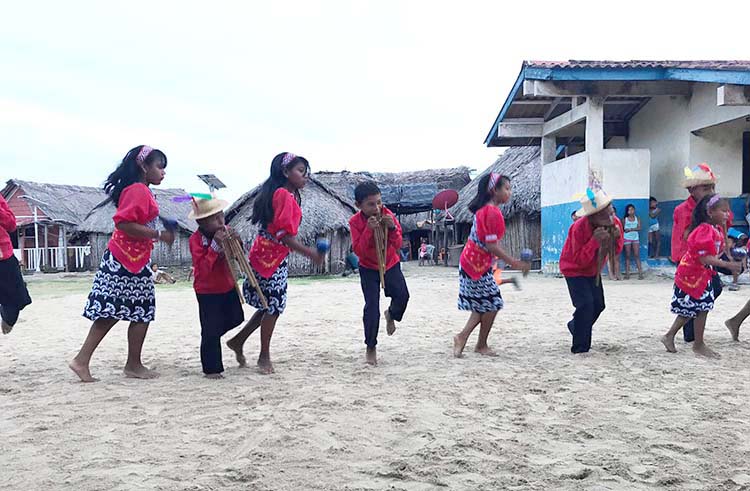
I’m treated to a magical Nogagope performance, an intimate, spiritual dance between couples to bamboo flutes and maracas. Dedicated to Mother Earth, the ritualistic dance is intended to keep evil spirits away. The couples line up to face each other, slowly hopping back and forth diagonally to the rhythm. Dressed in molas, the women begin to spin, with their flowing, dark hair echoing the sensual movement of the dance.
Volleyball matches are also part of the festivities and are highly competitive, with players launching into action like springbok on the run. Despite their wide grins of encouragement for me to join them, the ball is tactically angled away from me after I make a few dud shots.
The day wraps up with a feast of enormous, meaty lobster and delicate, sweet crab followed by fresh coconuts. No frills, just locally foraged foods as I discuss Guna traditions with my new friends.
Feria de Río Tigre is held in mid-October.
Author: Lucy Pierce
Related articles
Simple and flexible travel insurance
You can buy at home or while traveling, and claim online from anywhere in the world. With 150+ adventure activities covered and 24/7 emergency assistance.
Get a quote
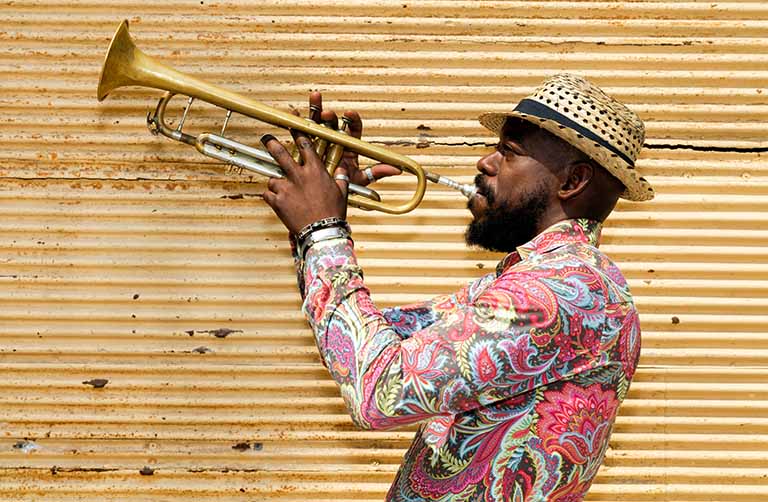
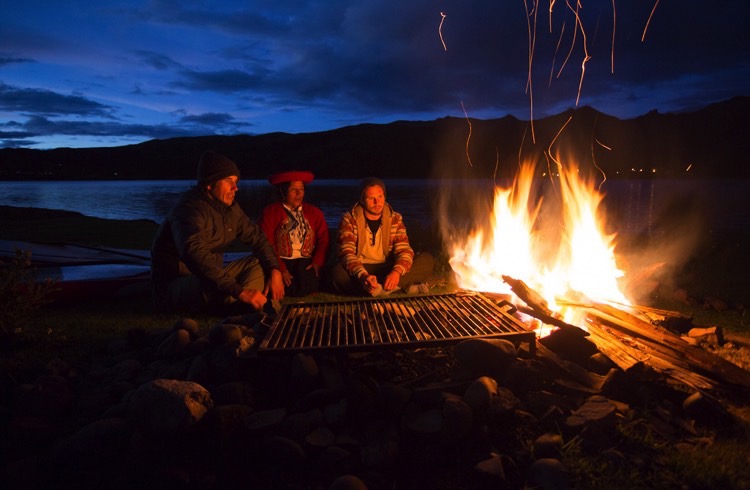
No Comments